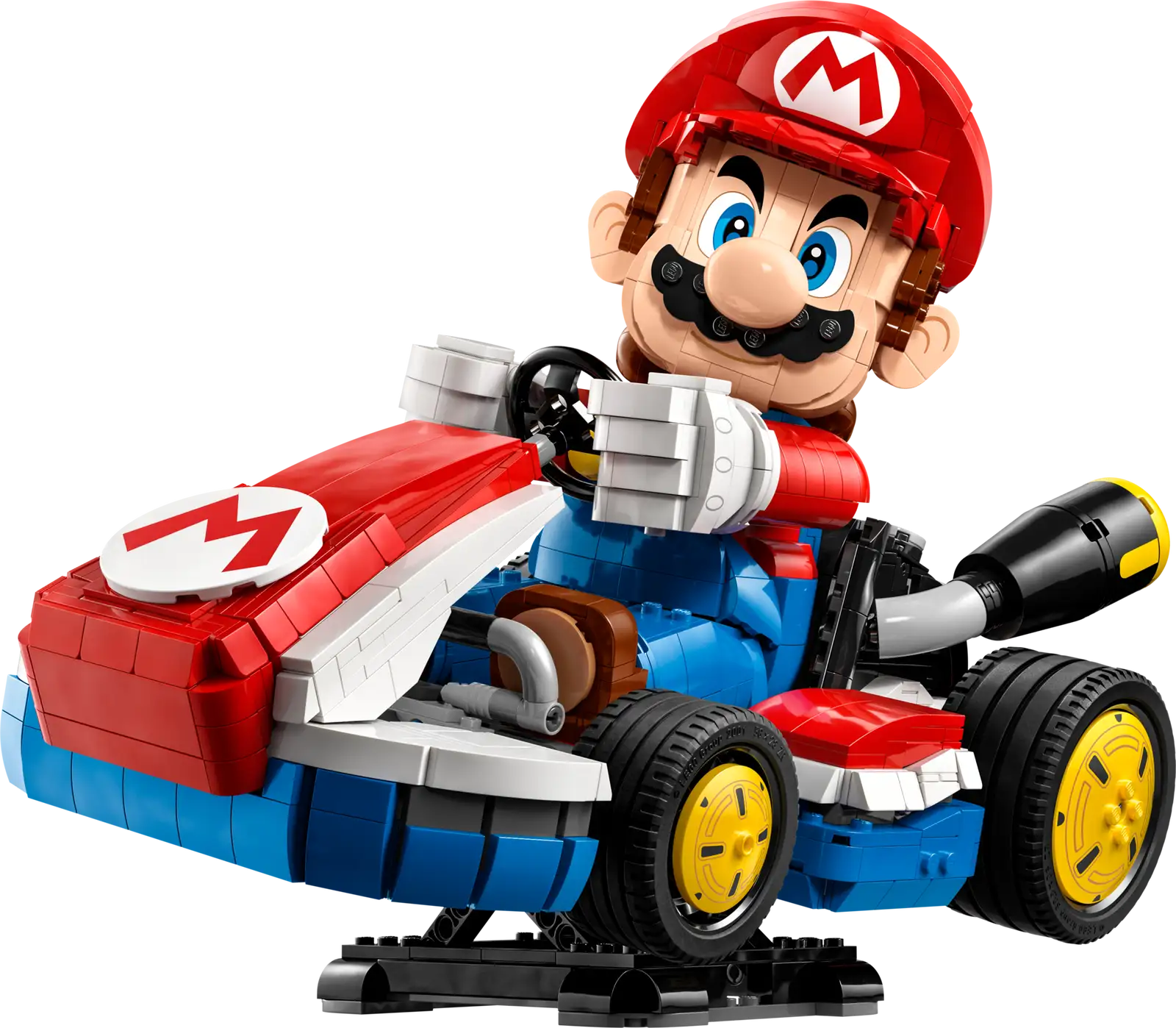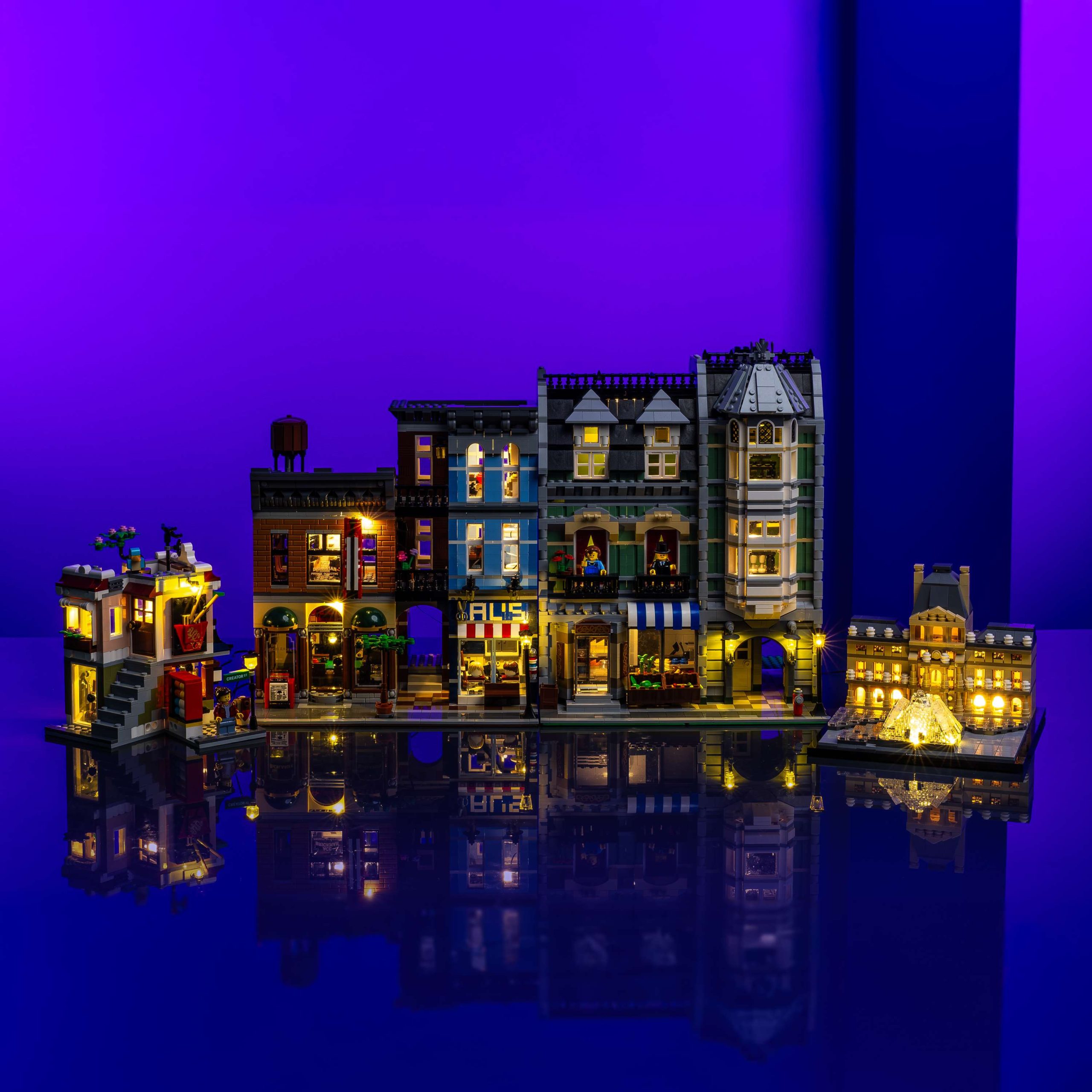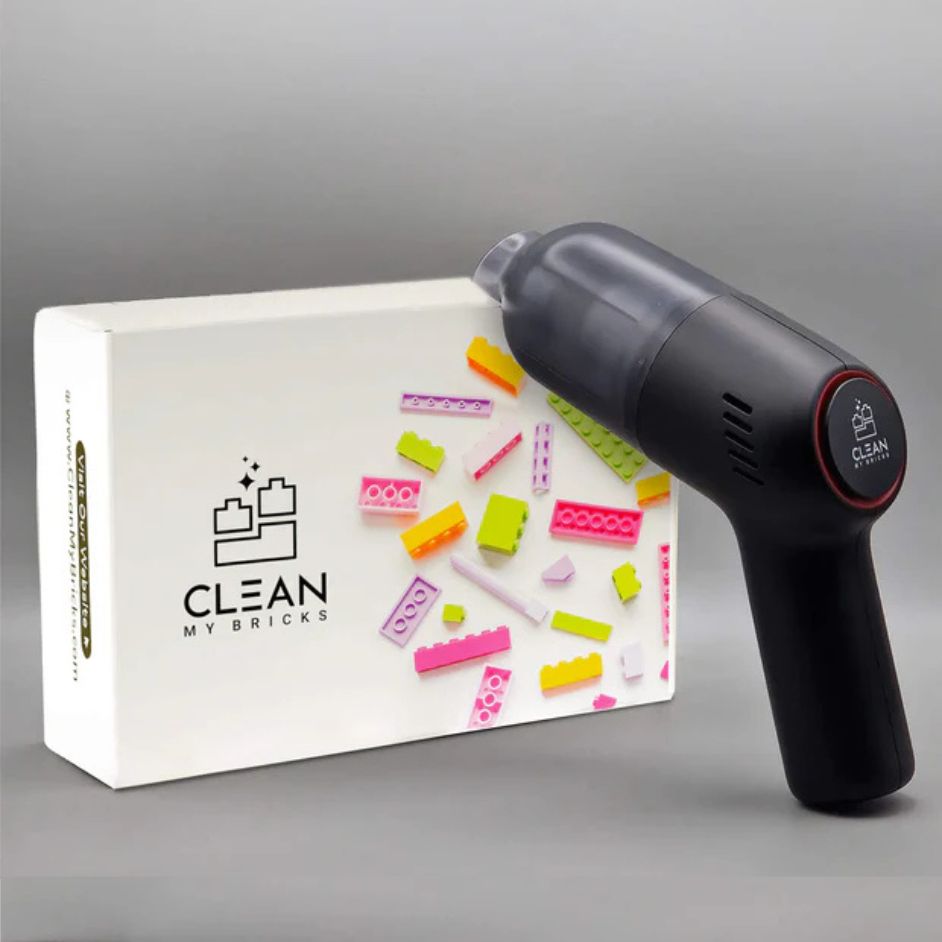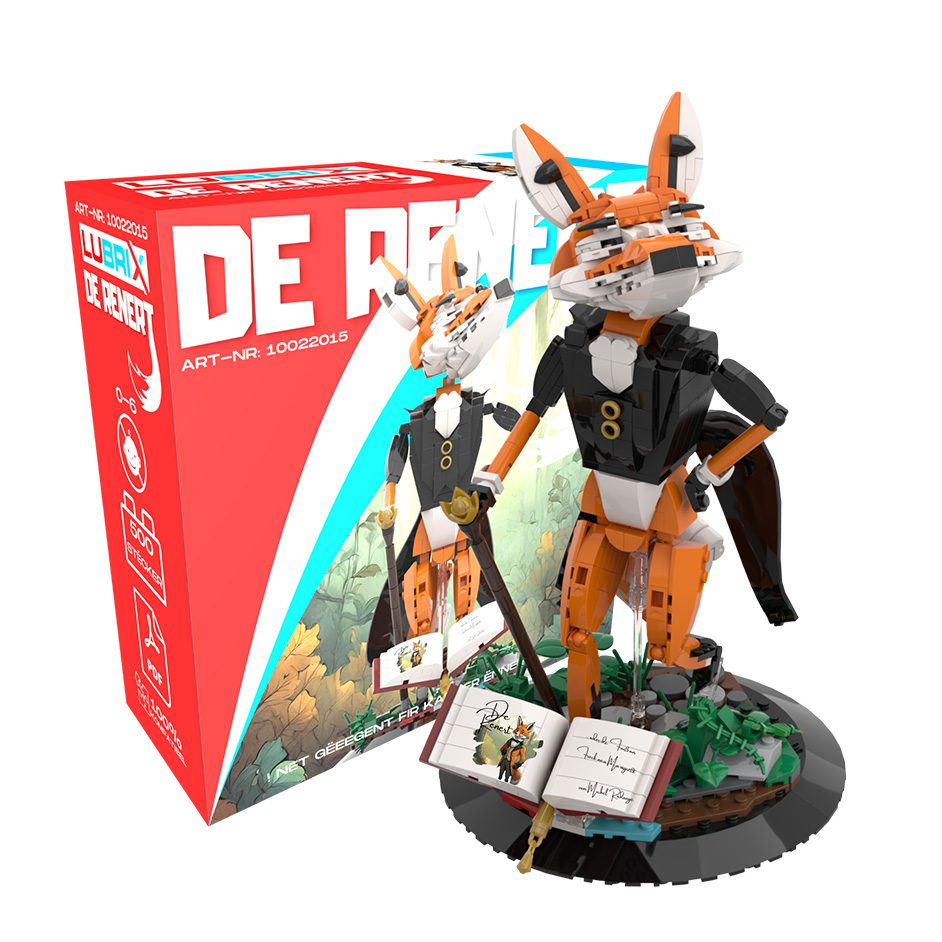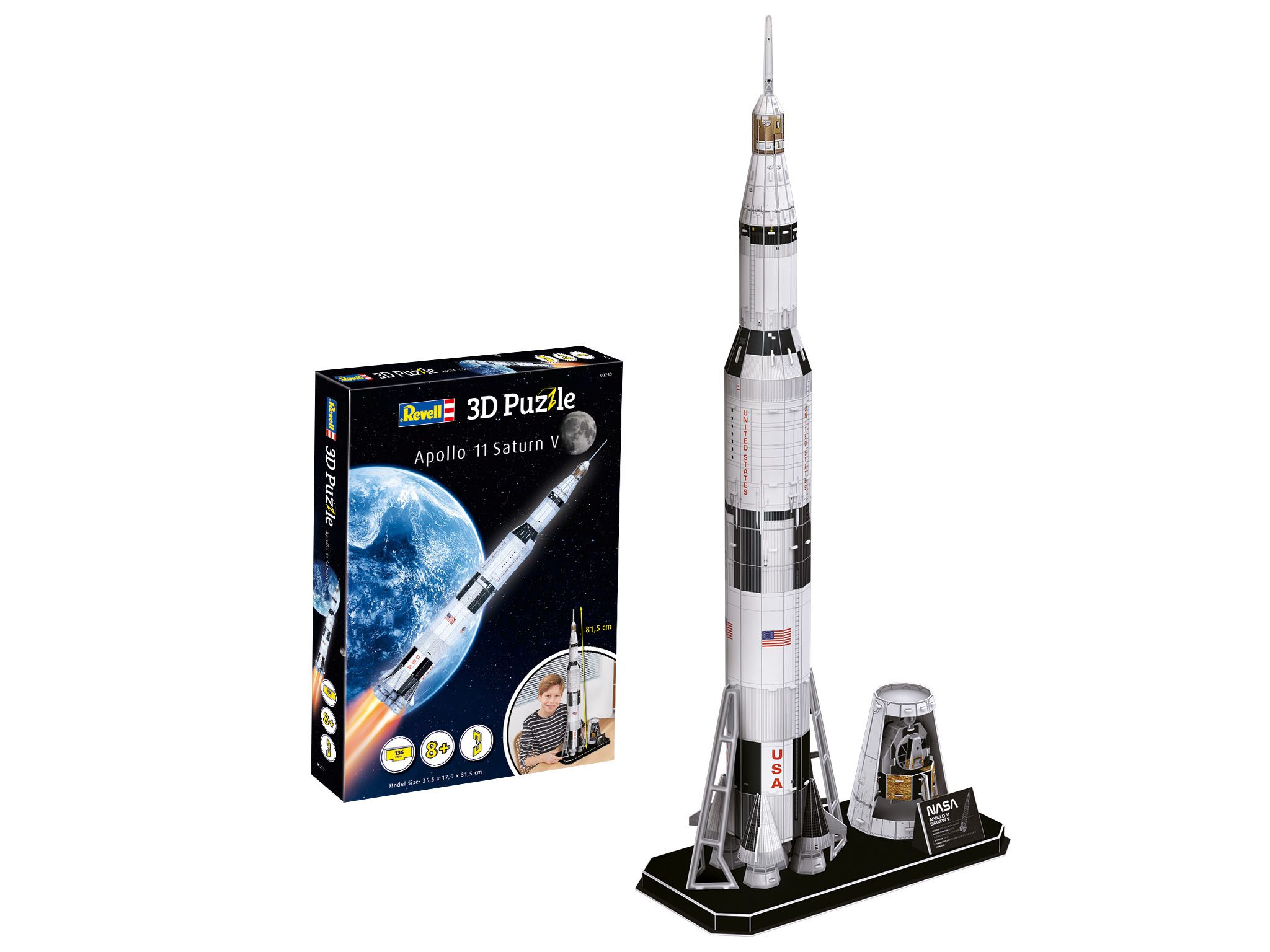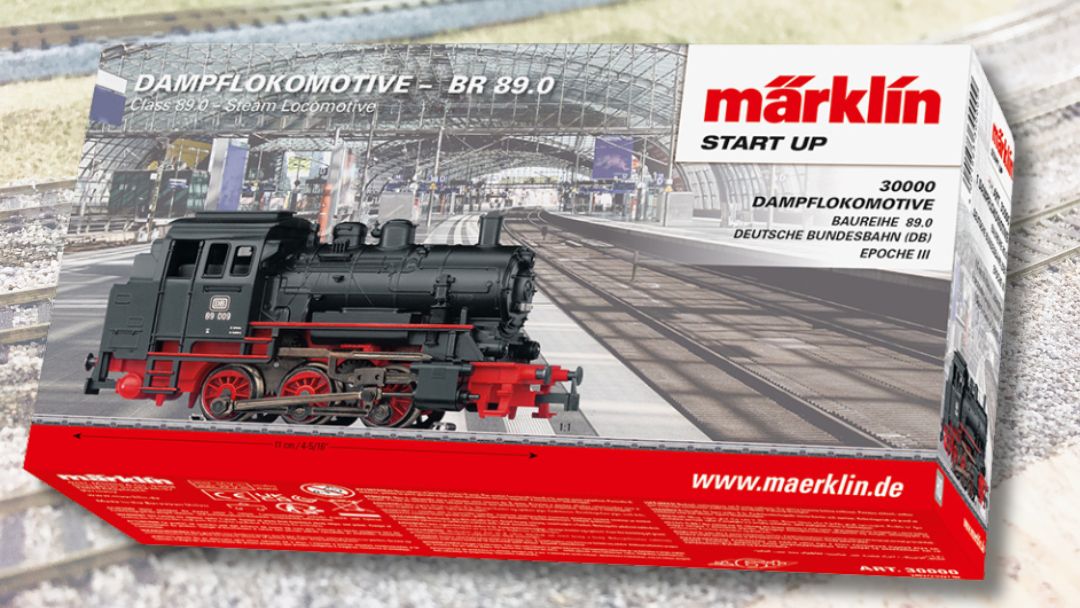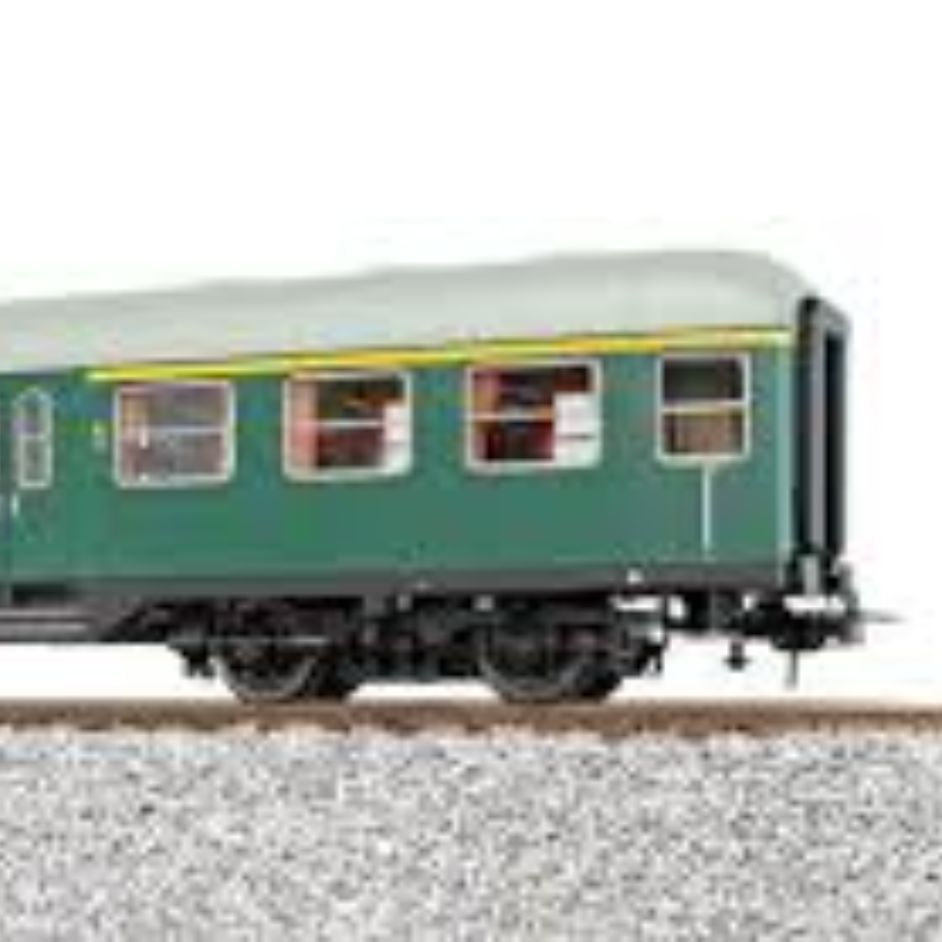Product Description
Between 1959 and 1977, Deutsche Bundesbahn DB procured a total of more than 4800 carriages in three layouts for use in local transport but also to reinforce express trains: Pure 2nd class, 1st and 2nd class and driving trailers with luggage and 2nd class compartments. The wagon family was assigned the generic letter ‘n’. A prototype carriage already had the unpainted outer skin with a brushed peacock’s eye pattern, which was responsible for the nickname ‘Silberlinge’. The lack of paintwork reduced the weight by around two tonnes. With a total weight of between 27 and 30 tonnes, the second-class coaches, for example, were at least 5 tonnes lighter than the pre-war express train coaches of the 1936 design. The axle generator type D62 initially installed limited the maximum speed to 120 km/h. The technically permissible 140 km/h could be travelled with a different axle generator type or by the carriages supplied electrically by the traction unit. In 1969, DB procured a total of 180 of the Bnrzb724 type, which could easily be converted into hospital wagons in the event of a disaster. A striking difference to the previously manufactured wagons is the almost vertical roof end (‘steep roof’). The first driving trailers had a transition to the next carriage at the end of the driver’s cab, which is why the driver sat to the right of the aisle in a draughty little room (‘rabbit box’).
From 1972, DB received driving trailers with a modern ‘Karlsruhe head’. In order to make local transport more attractive, DB had several sets modernised inside and painted in pebble grey-orange on the outside from 1984 and used them with a matching 218 under the product name City-Bahn. The success of the product prompted DB to modernise further coaches from 1990 onwards with newly upholstered seats, modified luggage racks and a new exterior paint finish. The result was a large number of different variants of the types known as re-design coaches, which were initially painted in the then current mint turquoise light grey. From 1993, DB received driving trailers with the ‘Wittenberg head’ on the driver’s cab side, reminiscent of the VT 628 railcar. In 2019, 60 years after the first Silberlinge were put into service, carriages are still in daily use.
Additional information
| Weight | 1 kg |
|---|
Weight (kg): 1
Join our Loyalty Programme
Get exclusive perks by becoming a member of JBF’s Collectibles Community.
Create an account now and instantly get 100 points!
Plus, unlock even more rewards by sharing personal details like your birthday and
ALWAYS enjoy an exclusive 5% discount on all NEW LEGO®, Model Trains & Accessories and Model Building sets!
Don’t miss out on these and other exciting perks with your loyalty membership!
